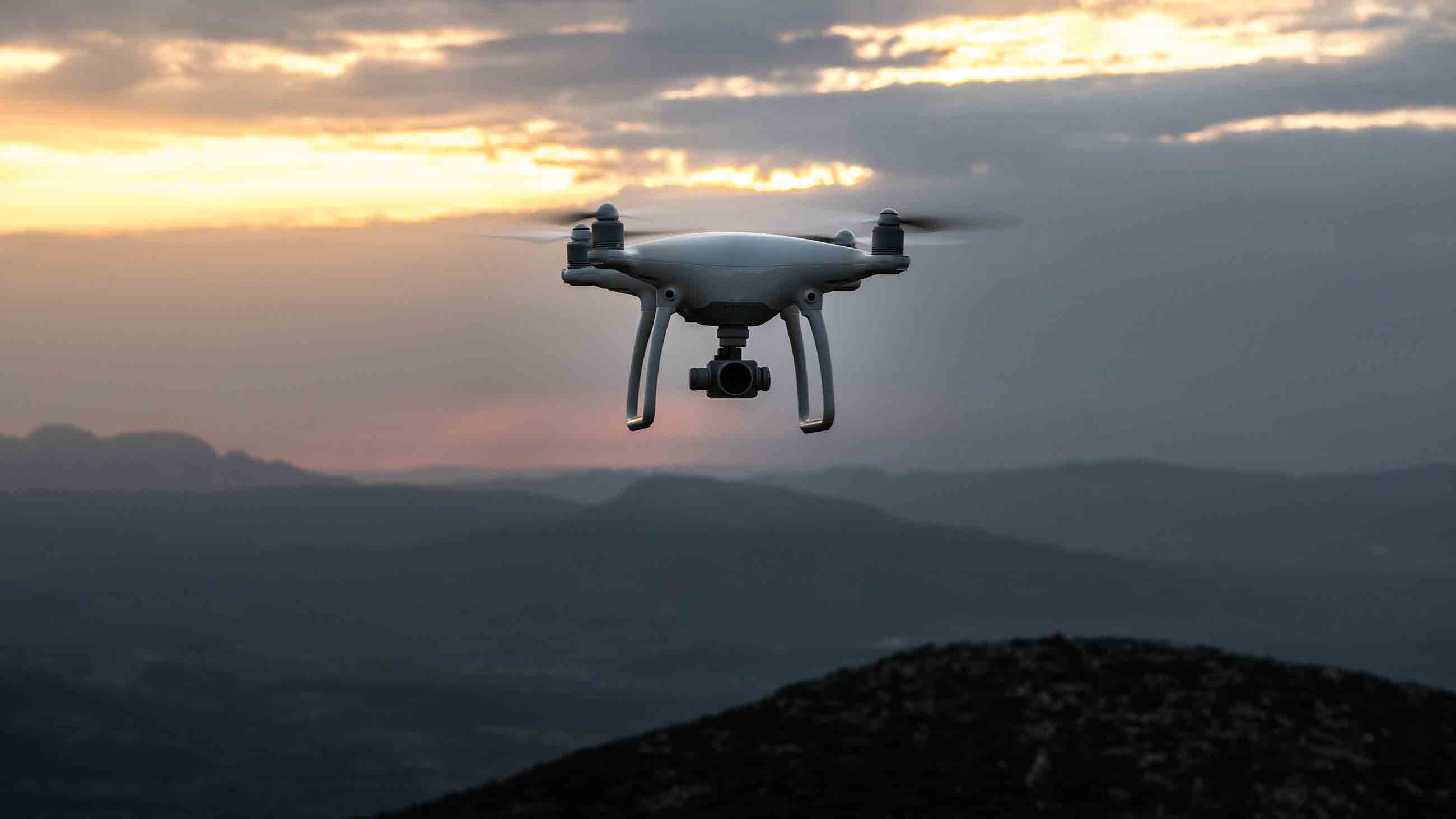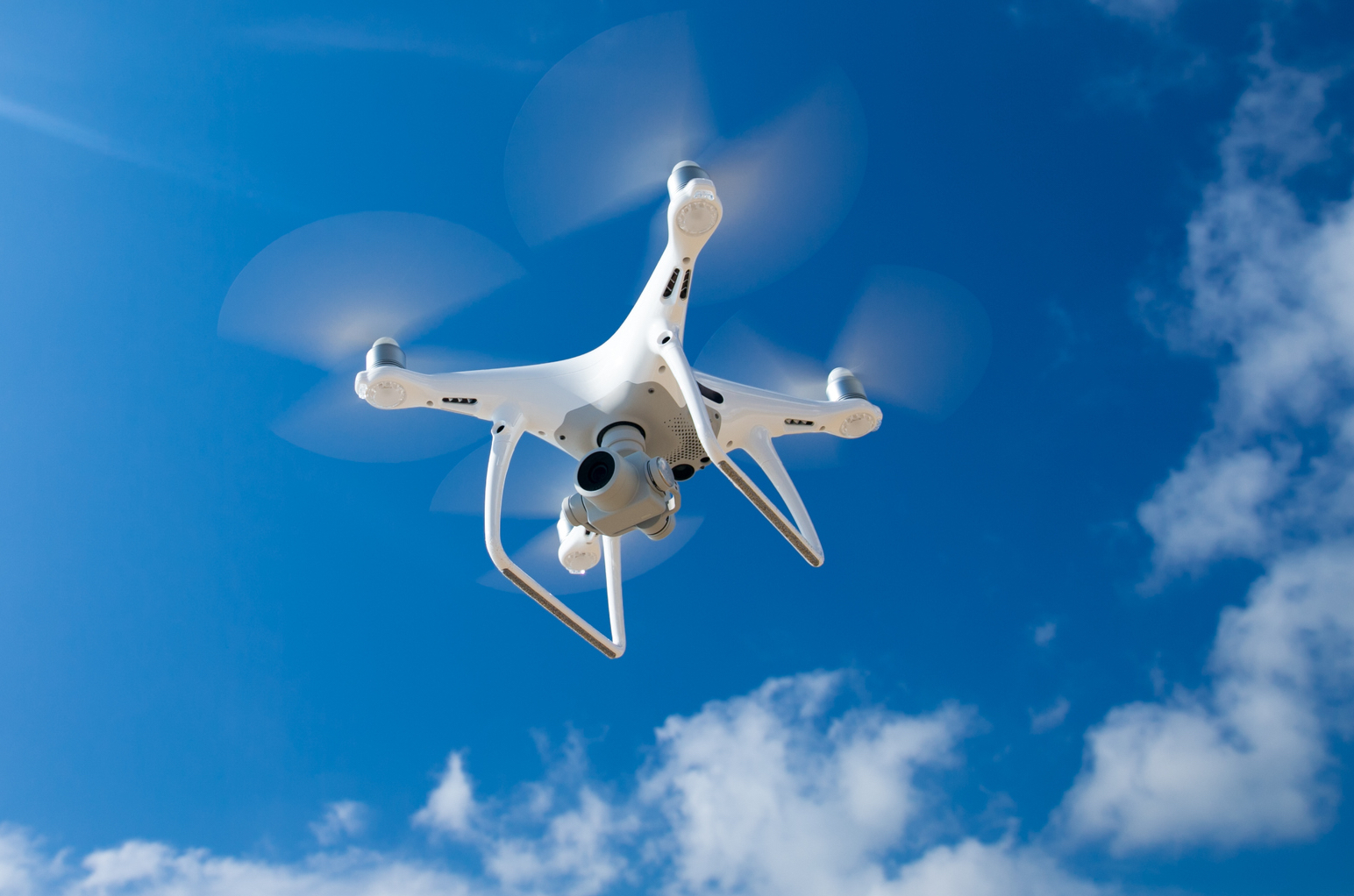Sky elements drones offer a unique perspective on atmospheric phenomena. From capturing breathtaking sunsets to documenting severe weather events, these unmanned aerial vehicles (UAVs) are revolutionizing how we observe and understand the sky. This exploration delves into the technology, applications, and challenges associated with using drones to study and record various sky elements, providing a comprehensive overview of this exciting field.
We’ll examine the different types of drone cameras and sensors used to capture high-quality imagery of clouds, atmospheric effects, and other celestial events. We’ll also discuss how this data is being used in meteorology, environmental monitoring, and even the film industry. Furthermore, we will address the limitations of drone technology in observing high-altitude phenomena and discuss the regulatory aspects and safety considerations involved in operating drones for sky observation.
Sky Element Identification in Drone Footage
Drone footage offers a unique perspective on atmospheric phenomena, providing detailed views of sky elements previously inaccessible without specialized equipment. Analyzing these elements requires understanding how lighting, weather, and cloud types affect visual characteristics in drone videos.
Common Sky Elements in Drone Imagery
Drone imagery commonly captures clouds (cumulus, stratus, cirrus, etc.), the sun (its position and intensity impacting shadows and lighting), and atmospheric effects like haze, fog, and rainbows. These elements are crucial for interpreting weather patterns and atmospheric conditions.
Lighting’s Influence on Sky Elements

Variations in lighting dramatically alter the appearance of sky elements. The angle of the sun affects shadow length and intensity, while the time of day (sunrise, midday, sunset) creates distinct color palettes and contrast levels. For instance, a sunset captured by a drone might showcase vibrant oranges and reds reflected on cloud formations, while midday sunlight may produce a washed-out appearance.
Weather Conditions and Sky Visuals
Different weather conditions produce unique visual characteristics in drone footage. Clear skies show high contrast and sharp details, while overcast conditions result in softer, diffused lighting. Rainy or snowy weather creates unique textures and patterns, and stormy skies often display dramatic cloud formations, lightning, and precipitation.
Cloud Type Comparison, Sky elements drones
| Cloud Type | Appearance (Drone Perspective) | Altitude | Weather Association |
|---|---|---|---|
| Cumulus | Puffy, cotton-like, well-defined | Low | Fair weather |
| Stratus | Layered, sheet-like, gray | Low | Overcast, drizzle |
| Cirrus | Feathery, wispy, high altitude | High | Fair weather, approaching changes |
| Cumulonimbus | Towering, dark, anvil-shaped | Various | Thunderstorms, heavy rain |
Drone Technology and Sky Observation
The effectiveness of drone-based sky observation hinges on the capabilities of the drone’s sensors and cameras. Understanding these technologies, their limitations, and their advantages over traditional methods is crucial for accurate data acquisition.
Drone Sensors and Cameras
Drones utilize various sensors and cameras to capture sky elements. High-resolution RGB cameras provide detailed visual information, while thermal cameras capture heat signatures, useful for studying atmospheric temperature gradients. Multispectral cameras capture data across various wavelengths, enabling the analysis of atmospheric composition.
Sky Elements drones are known for their reliability and stunning visuals in drone shows, but even the best technology can have unexpected issues. Check out this article about a drone show accident to see what can go wrong, even with meticulous planning. Understanding these potential problems helps Sky Elements improve safety protocols and refine their already impressive drone performance for future shows.
Image Quality and Resolution

The image quality and resolution of drone cameras significantly impact the detail captured in sky observations. Higher resolution cameras capture finer details in cloud structures and atmospheric phenomena, while better dynamic range allows for capturing a wider range of brightness levels, crucial for capturing both bright sunlight and darker cloud shadows simultaneously. Factors such as sensor size and lens quality also play significant roles.
Limitations of High-Altitude Observation
Drones have limitations when observing high-altitude atmospheric phenomena. Factors such as altitude restrictions, battery life, and wind conditions limit their operational range and duration. Observing the upper atmosphere, such as the ionosphere, requires specialized, high-altitude platforms beyond the capabilities of most commercially available drones.
Advantages and Disadvantages of Drone-Based Atmospheric Research
Drone-based atmospheric research offers advantages like cost-effectiveness, flexibility, and high-resolution data acquisition compared to traditional methods like weather balloons or satellites. However, drones are limited by range, flight time, and weather conditions. They also face regulatory hurdles and safety concerns. Traditional methods, while potentially more expensive, provide broader coverage and access to higher altitudes.
Applications of Drone-Captured Sky Data
Drone-captured sky data has numerous applications across various fields, from meteorology and environmental monitoring to filmmaking. Analyzing this data provides valuable insights into weather patterns, air quality, and atmospheric processes.
Meteorology and Weather Forecasting
Drone footage provides real-time data on cloud formation, movement, and precipitation, enhancing weather forecasting accuracy. Drones can capture detailed images of developing storms, providing crucial information for timely warnings and emergency response. This data supplements information from weather satellites and ground-based stations.
Environmental Monitoring and Air Quality Assessment
Drones equipped with specialized sensors can assess air quality by measuring pollutant concentrations at different altitudes. They can also monitor the dispersion of pollutants, providing crucial information for environmental management and pollution control strategies. This real-time data enables quicker responses to pollution events.
Workflow for Tracking Weather Systems
A typical workflow for tracking weather systems using drone imagery involves: 1) pre-flight planning based on weather forecasts; 2) data acquisition using drones equipped with appropriate sensors; 3) image processing and analysis to extract relevant information (cloud type, movement, precipitation); 4) integration of drone data with other meteorological data sources; 5) development of predictive models and weather forecasts.
Drone-Based Sky Observations in Film and Photography
Drone-captured sky footage offers stunning visuals for film and photography. The unique perspective provides breathtaking views of sunsets, storms, and other atmospheric phenomena, enhancing the aesthetic quality of visual media. The ability to capture dynamic aerial shots adds a level of realism and immersion.
Sky elements drones are becoming increasingly popular, offering amazing aerial perspectives. However, safety is paramount, and incidents like the one described in this article about a drone crash in Paris highlight the importance of responsible drone operation. Understanding weather conditions and following regulations are key to ensuring safe and successful flights with your sky elements drone.
Challenges and Future Directions
Despite the numerous applications, challenges remain in utilizing drones for high-resolution sky imaging. Addressing these challenges and exploring future advancements will further enhance the capabilities of drone-based atmospheric research.
Technical Challenges in High-Resolution Sky Imaging
Challenges include achieving high-resolution imagery in various weather conditions, developing robust image processing algorithms for analyzing complex atmospheric phenomena, and extending the operational range and flight time of drones. Miniaturization of high-quality sensors and improved power management are key areas for development.
Regulatory Aspects and Safety Considerations
Drone operation for sky observation must adhere to strict regulations to ensure safety and prevent airspace conflicts. Obtaining necessary permits, following designated flight paths, and maintaining safe distances from other aircraft are crucial aspects of responsible drone operation. Regulations vary by location and require careful consideration.
Future Applications of Drone Technology in Atmospheric Science
Future applications include improved weather forecasting through AI-powered analysis of drone data, automated monitoring of volcanic plumes and wildfires, and studying the impact of climate change on atmospheric processes. Integration of drones with other data sources (satellites, weather stations) will create a more comprehensive understanding of atmospheric dynamics.
Advancements in Drone Technology for Improved Sky Observation
Advancements include longer flight times, improved sensor technologies (hyperspectral, LiDAR), AI-powered image analysis, and autonomous flight capabilities. These advancements will enable more extensive and efficient data acquisition, leading to a deeper understanding of atmospheric processes.
Illustrative Examples

These examples showcase the diverse and visually captivating applications of drone-based sky observation.
Vibrant Sunset Capture
Imagine a drone hovering above a coastal landscape as the sun dips below the horizon. The sky is ablaze with vibrant hues of orange, red, and purple, reflected on a layer of cumulus clouds. The clouds are subtly illuminated from below, creating a dramatic contrast against the darkening sky. The atmospheric perspective adds depth, with distant hills fading into the hazy horizon.
Severe Thunderstorm Observation
A drone captures a severe thunderstorm, its dark, ominous cumulonimbus clouds towering over the landscape. Frequent flashes of lightning illuminate the turbulent cloudscape, creating a stark contrast against the dark sky. Heavy rain is visible as sheets of water falling from the clouds, creating a dramatic and awe-inspiring spectacle. The drone’s vantage point allows for a detailed view of the storm’s structure and intensity.
Aurora Borealis Recording

A drone captures the ethereal beauty of the aurora borealis, its vibrant green, purple, and red curtains dancing across the night sky. The patterns are intricate and ever-changing, with shimmering ribbons of light flowing and swirling across the vast expanse. The drone’s low-light capabilities allow for a detailed capture of the aurora’s subtle colors and textures, showcasing the phenomenon’s mesmerizing beauty.
Closing Notes
The use of drones for observing and recording sky elements represents a significant advancement in atmospheric science and related fields. From enhancing weather forecasting accuracy to providing stunning visual content for various industries, the applications are vast and constantly evolving. As drone technology continues to improve, we can anticipate even more innovative and impactful uses in the future, further expanding our understanding of the dynamic and ever-changing sky above us.
The detailed analysis and illustrative examples provided here showcase the power and potential of this rapidly developing technology.
FAQ Corner: Sky Elements Drones
What are the legal restrictions on flying drones for sky observation?
Regulations vary by location. Check with your local aviation authority for specific rules on drone operation, including altitude limits, airspace restrictions, and necessary permits.
How do I process the raw drone footage of the sky?
Raw footage typically requires post-processing using software like Adobe Premiere Pro or DaVinci Resolve to enhance image quality, color correction, and stabilization.
What type of storage is needed for drone footage?
High-capacity SD cards are essential. Consider using cloud storage solutions for long-term archival and backup of your data.
Can drones capture night sky phenomena like the aurora borealis?
Yes, but you’ll need a drone with a low-light capable camera and potentially long exposure settings to capture the detail and color of night sky events.